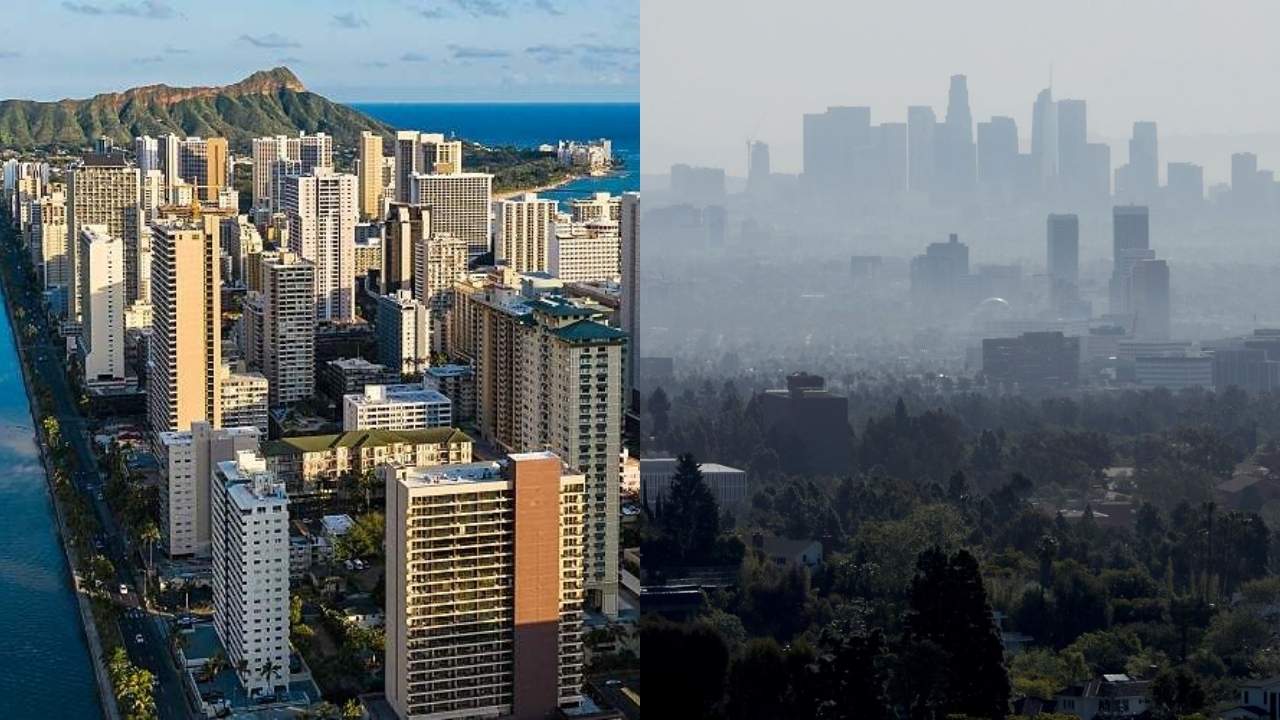The quality of air we breathe has significant implications for our overall health and well-being, making cities with clean air increasingly desirable places to live.
Recent environmental data shows a shifting landscape in air quality across American cities, with some locations consistently maintaining excellent air quality despite nationwide challenges.
According to data from the Environmental Protection Agency, the US has seen gradual improvement in air quality and a decline in emissions of common pollutants since 1970.
This comprehensive breakdown examines the latest 2025 data on US cities with exceptional air quality, analyzing the environmental factors that contribute to cleaner air.
Air Quality Measurements and Their Impact
With increasing pollution, grasping the concept of air quality measurements is vital for mitigating its adverse effects. Air quality is measured using the Air Quality Index (AQI), a critical tool for assessing pollution levels.
The Air Quality Index (AQI)
The AQI is a numerical scale that measures the level of air pollutants in the air, providing a simple way to understand the quality of the air.
Health Implications of Clean Air
Clean air is fundamental to public health. Research has shown strong correlations between air quality and rates of respiratory diseases, cardiovascular problems, and even neurological conditions.
Exposure to air pollution can lead to increased hospital admissions, higher healthcare costs, and reduced life expectancy. Vulnerable populations, such as children and the elderly, are particularly affected, with impacts on lung development and cognitive decline.
The health benefits of living in cities with clean air include reduced risks of asthma attacks, fewer respiratory infections, and lower incidence of heart disease.
Recent studies have also linked long-term exposure to air pollution with increased susceptibility to infectious diseases, highlighting the importance of clean air for overall health.
Top US Cities with Best Air Quality in 2025
As we look ahead to 2025, several US cities are standing out for their exceptional air quality. These cities have implemented various measures to maintain clean air, making them ideal places to live and work.
1. Cape Coral, Florida
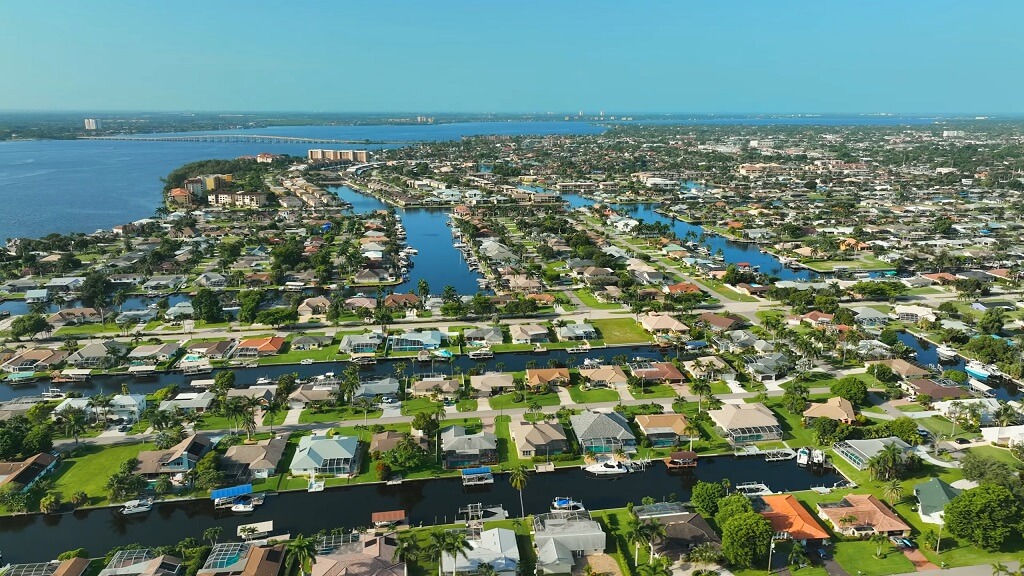
Cape Coral, Florida, is renowned for its pristine air quality, thanks to its coastal location and proactive environmental policies. With an average PM2.5 level of 4.1 µg/m³, it ranks among the top cities globally.
2. Honolulu, Hawaii
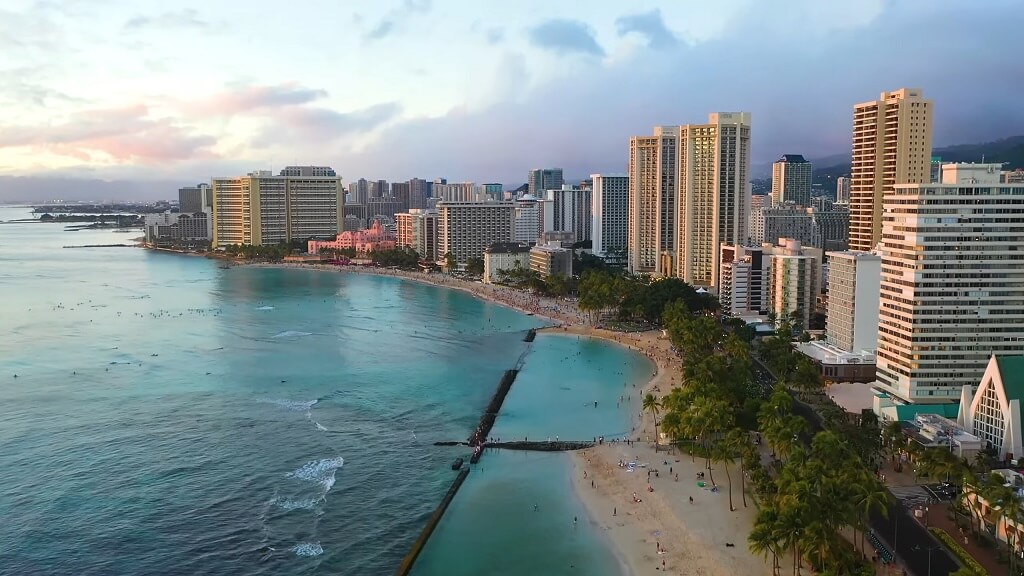
Honolulu, Hawaii, boasts some of the cleanest air in the US, with a PM2.5 average of 3.8 µg/m³. The city’s tropical location and strict environmental regulations contribute to its excellent air quality.
3. Syracuse, New York
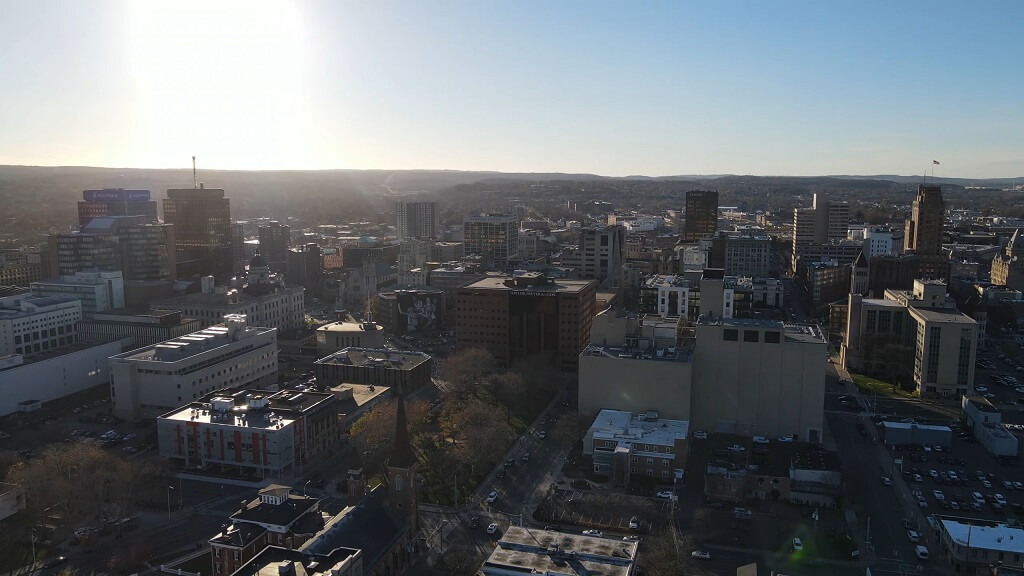
Syracuse, New York, has made significant strides in improving its air quality, achieving a PM2.5 average of 4.5 µg/m³. The city’s efforts in reducing industrial emissions and promoting green spaces have paid off.
4. Fayetteville, Arkansas
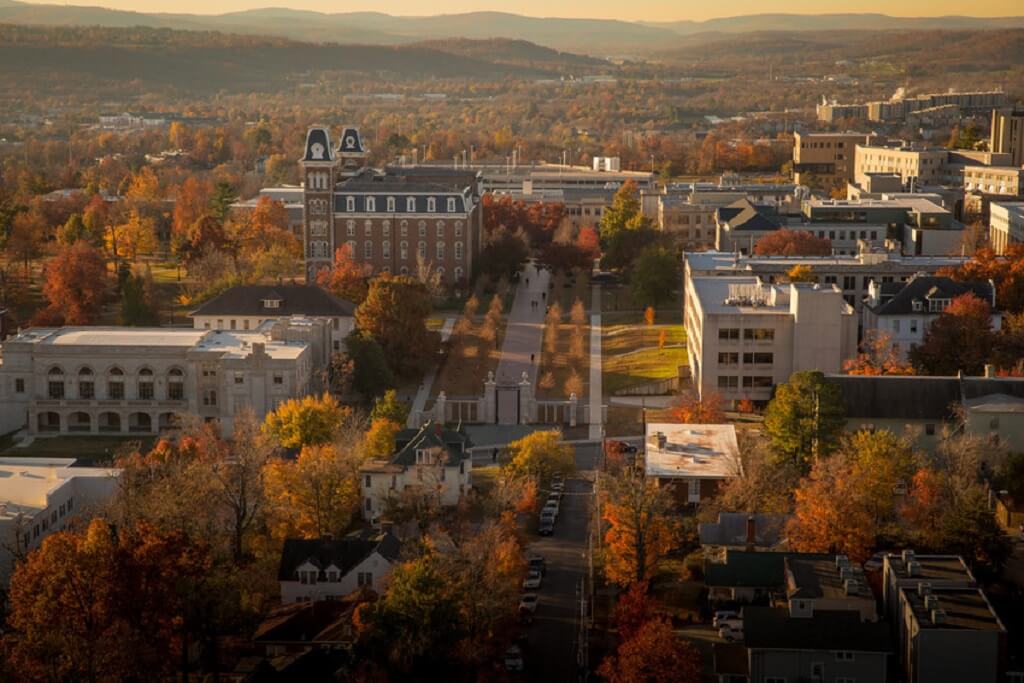
Fayetteville, Arkansas, is another city excelling in air quality, with a PM2.5 average of 4.2 µg/m³. Its natural surroundings and the city’s commitment to environmental stewardship contribute to its clean air.
5. Portland, Oregon
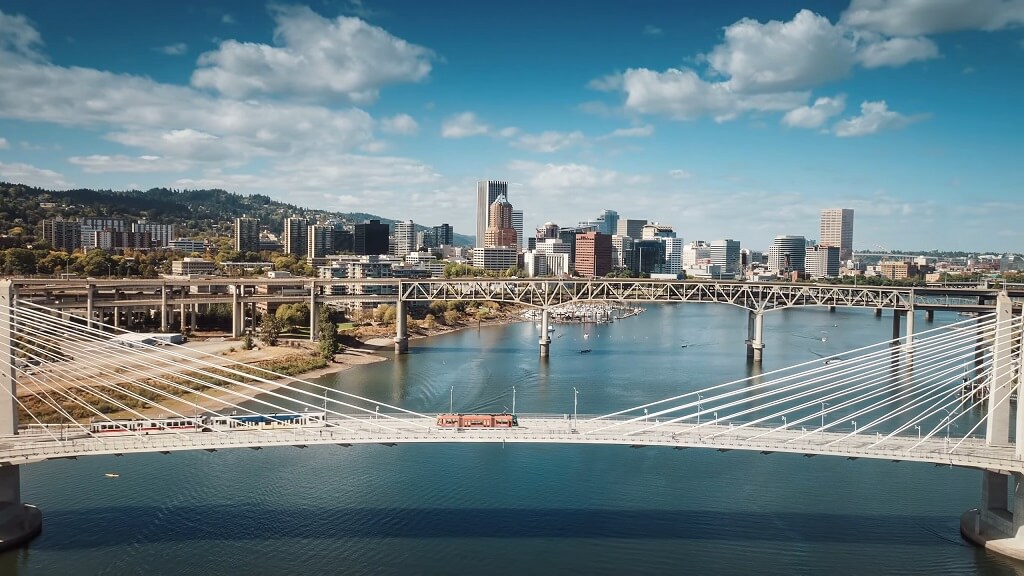
Portland, Oregon, is known for its eco-friendly policies, which have resulted in a PM2.5 average of 4.4 µg/m³. The city’s focus on sustainability and reducing emissions has made it a leader in air quality.
6. Albuquerque, New Mexico
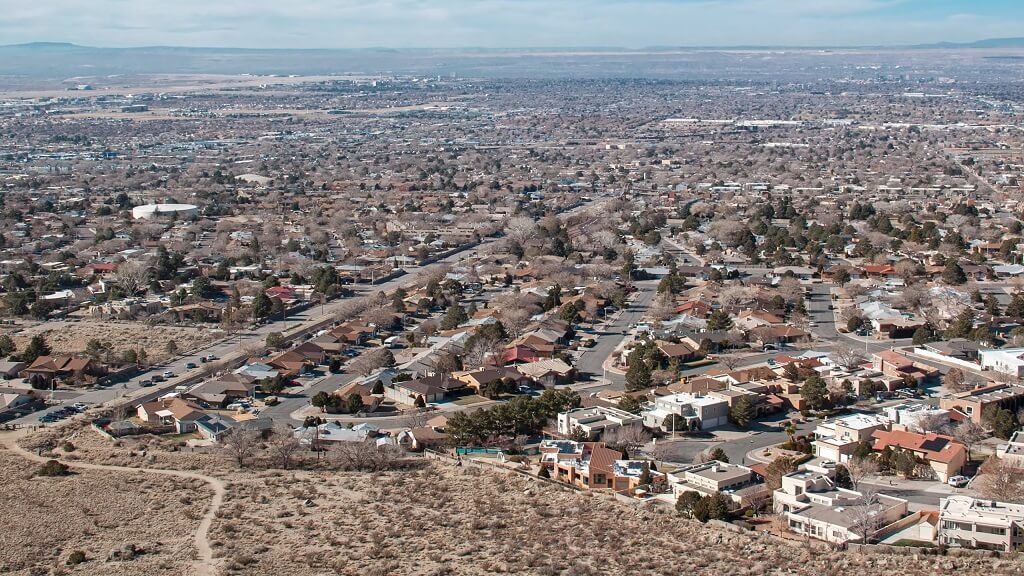
Albuquerque, New Mexico, has achieved a PM2.5 average of 4.6 µg/m³, thanks to its high desert location and efforts to reduce pollution. The city’s environmental initiatives have improved air quality.
7. Providence, Rhode Island
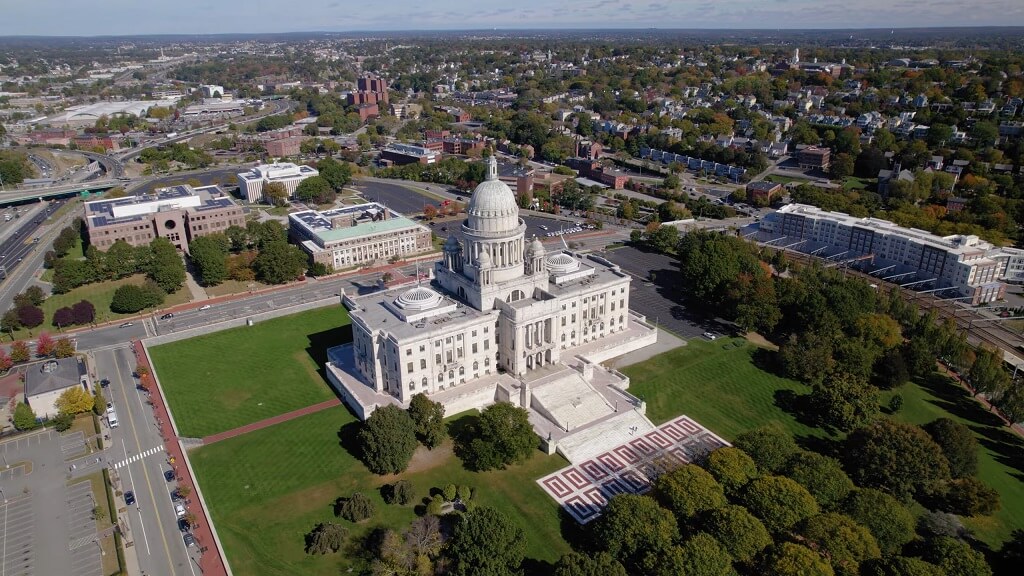
Providence, Rhode Island, has emerged as a surprising leader in air quality, with a PM2.5 average of 4.3 µg/m³. The city’s coastal location, compact urban design, and environmental policies have all contributed to its clean air.
Environmental Factors Contributing to Clean Air
Several key environmental factors contribute to the clean air observed in top US cities. These factors can be broadly categorized into geographic and climate advantages, as well as policy initiatives and regulations.
Geographic and Climate Advantages
The geographic location and climate of a city play a significant role in determining its air quality. Cities located near the coast or in areas with prevailing winds tend to have cleaner air due to the natural dispersion of pollutants.
For instance, cities like Honolulu, Hawaii, benefit from their coastal location, which helps to dilute air pollutants.
| City | Geographic Advantage | Climate Influence |
|---|---|---|
| Cape Coral, Florida | Coastal location | Subtropical climate |
| Honolulu, Hawaii | Island geography | Tropical climate |
| Portland, Oregon | Proximity to mountains | Mild oceanic climate |
Policy Initiatives and Regulations
Effective policy initiatives and regulations have been instrumental in improving air quality across US cities. The Clean Air Act and subsequent regulations have led to significant reductions in emissions.
Cities with the cleanest air have implemented policies such as electric vehicle incentives, anti-idling ordinances, and industrial emissions controls.
Through the efforts of the EPA and local governments, the US has seen a gradual improvement in air quality since 1970, despite increases in GDP, travel, and energy consumption.
This achievement underscores the importance of continued policy support and regulatory enforcement in maintaining clean air.
FAQ
What is considered good air quality?
Good air quality is typically defined by low levels of pollutants, such as particulate matter, ozone, and nitrogen dioxide, which are measured by the Air Quality Index (AQI). An AQI value below 50 is generally considered good.
How is air quality measured in different regions?
Air quality is measured using a network of monitoring stations that track pollutant levels. These measurements are then used to calculate the AQI, which provides a standardized way to compare air quality across different regions.
What are the health benefits of living in a city with clean air?
Living in a city with clean air can reduce the risk of respiratory diseases, cardiovascular disease, and other health problems associated with air pollution. Residents may also experience improved overall health and well-being.
How do wildfires affect air quality in US cities?
Wildfires can significantly impact air quality by releasing large amounts of particulate matter and other pollutants into the atmosphere. This can lead to poor air quality conditions, especially in areas near the wildfires.
What role do policy initiatives play in maintaining clean air?
Policy initiatives, such as regulations on emissions and pollution controls, play a crucial role in maintaining clean air by reducing the amount of pollutants released into the atmosphere.
How can residents contribute to improving air quality in their city?
Residents can contribute to improving air quality by reducing their own emissions, such as by using public transportation, carpooling, or driving electric or hybrid vehicles, and by supporting policies that promote clean air.
Are there any specific pollutants that are more concerning in certain regions?
Yes, certain regions may have higher levels of specific pollutants due to local sources, such as industrial activities or geographic features. For example, areas with high levels of ozone may be more prone to smog.
Conclusion: The Future of Air Quality in American Cities
As we look to the future, the trajectory of air quality in US cities will be influenced by multiple factors. Climate change, technological innovation, policy decisions, and shifting population patterns will converge to shape the air quality landscape.
Cities that have established clean air standards are likely to maintain their advantage through continued investment in sustainable infrastructure. The economic benefits of clean air, including reduced healthcare costs and increased productivity, provide incentives for cities to prioritize air quality improvement.
Continued monitoring of air quality data will be essential for tracking progress.
